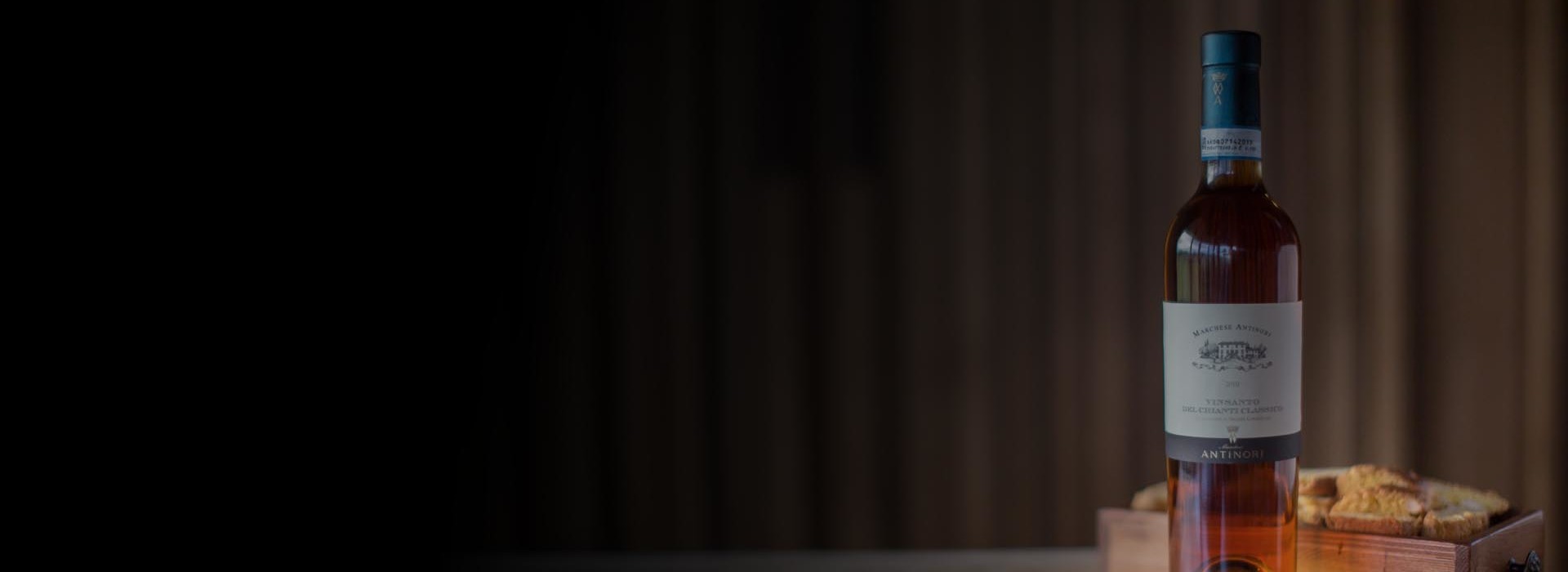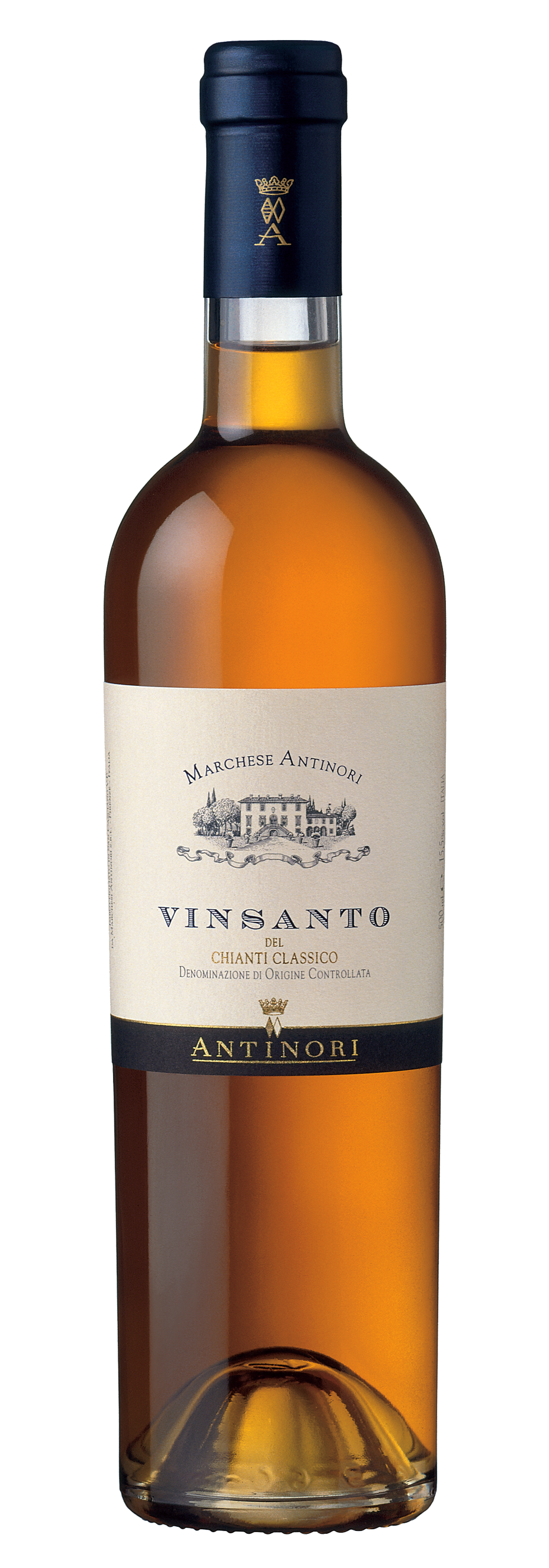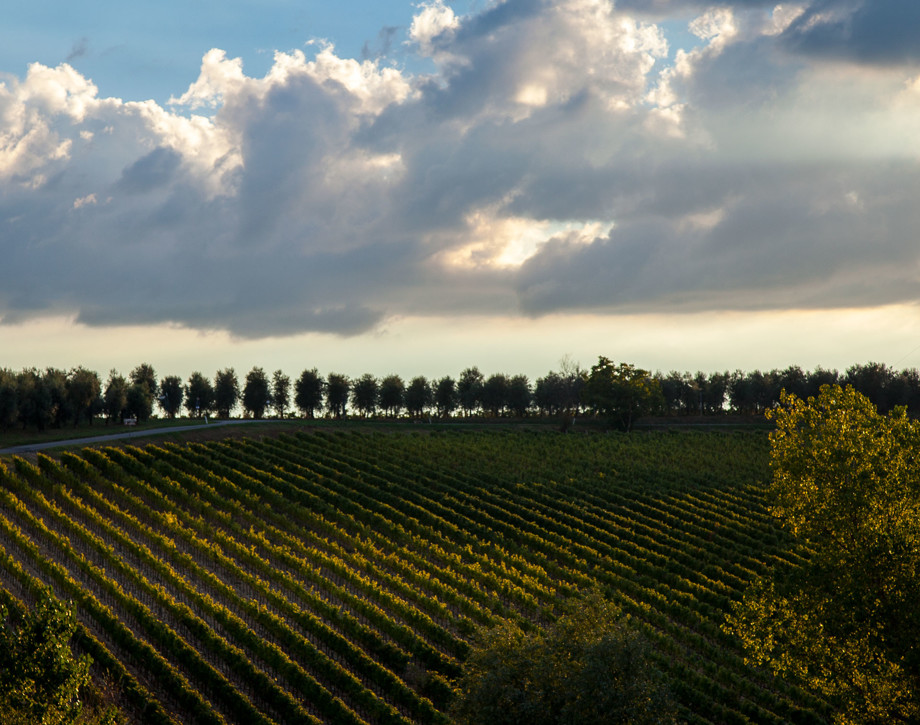Vinsanto Marchese Antinori

Climate
After a mild and dry autumn of 2011, the climate of the winter of 2012 was characterized, above all during the months of January and February, by cold temperatures and regular rainfall. During the first half of February, in particular, temperatures fell sharply and there was much snowfall which, however, did not damage the vines. Spring began with rather cool and dry weather, to the point that bud burst was somewhat later than normal seasonal averages. April and May, instead, saw much rainfall, which turned out to be of fundamental importance in balancing the long period of dry weather which lasted from June all through the entire month of August and conditioned vine growth and development both in terms of the leaf canopy and the size and weight of the grapes. The rains of last period of August and the mild weather of early September brought the vines back into balance, allowing the Trebbiano and Malvasia crop to proceed regularly towards ripeness. The grapes were harvested on the 10th and 12th of September.
Vinification
The grapes, grown exclusively on the various Antinori properties in Chianti Classico, were carefully selected and hand-picked into small packing cases, then spread out manually onto the reed drying mats of the Tignanello estate. Here they were left to dry until the end of the month of December and, at the end of this process of natural drying, were softly pressed to maintain all of their structural and aromatic characteristics. The must went directly into small oak barrels, coopered from various types of wood and from 13 to 52 gallons (50 to 200 liters) in capacity. The fermentation of the must was a long and gradual one and stopped on its own, leaving a certain residual sugar in the wines. The wine remained in the barrels for approximately three years and was then assembled and bottled at 15° alcohol.
Historical data
The production of Vinsanto in Tuscany goes all the way back to the Middle Ages and the wine is considered a true regional specialty; the Antinori family has always produced it. The first vintage of the Vinsanto Tenute Marchese Antinori (a “natural” Vinsanto, not a fortified wine with alcohol added) was the 1987.
Tasting Notes
A deep amber in color with golden highlights, the wine, on the nose, shows notes of dried fruit, hazelnuts, chestnuts, and honey along with citrus fruit. The palate is full with a return of the honeyed notes invigorated by a bracing and vibrant acidity.

Vinsanto
Vinsanto production in Tuscany and in the Chianti Classico region dates back to the Middle Ages. Observing traditional methods and strict production regulations, Vinsanto Tenute Marchese Antinori is produced from selected Trebbiano and Malvasia grapes that are left to dry in a completely natural process requiring time and patience. The resulting wine is intense and pleasing for its generous aromas and soft palate.

Climate
After a mild and dry autumn of 2011, the climate of the winter of 2012 was characterized, above all during the months of January and February, by cold temperatures and regular rainfall. During the first half of February, in particular, temperatures fell sharply and there was much snowfall which, however, did not damage the vines. Spring began with rather cool and dry weather, to the point that bud burst was somewhat later than normal seasonal averages. April and May, instead, saw much rainfall, which turned out to be of fundamental importance in balancing the long period of dry weather which lasted from June all through the entire month of August and conditioned vine growth and development both in terms of the leaf canopy and the size and weight of the grapes. The rains of last period of August and the mild weather of early September brought the vines back into balance, allowing the Trebbiano and Malvasia crop to proceed regularly towards ripeness. The grapes were harvested on the 10th and 12th of September.
Vinification
The grapes, grown exclusively on the various Antinori properties in Chianti Classico, were carefully selected and hand-picked into small packing cases, then spread out manually onto the reed drying mats of the Tignanello estate. Here they were left to dry until the end of the month of December and, at the end of this process of natural drying, were softly pressed to maintain all of their structural and aromatic characteristics. The must went directly into small oak barrels, coopered from various types of wood and from 13 to 52 gallons (50 to 200 liters) in capacity. The fermentation of the must was a long and gradual one and stopped on its own, leaving a certain residual sugar in the wines. The wine remained in the barrels for approximately three years and was then assembled and bottled at 15° alcohol.
Historical data
The production of Vinsanto in Tuscany goes all the way back to the Middle Ages and the wine is considered a true regional specialty; the Antinori family has always produced it. The first vintage of the Vinsanto Tenute Marchese Antinori (a “natural” Vinsanto, not a fortified wine with alcohol added) was the 1987.
Tasting Notes
A deep amber in color with golden highlights, the wine, on the nose, shows notes of dried fruit, hazelnuts, chestnuts, and honey along with citrus fruit. The palate is full with a return of the honeyed notes invigorated by a bracing and vibrant acidity.

The Specialties Of The Chianti Region
Chianti Classico is the heart of Tuscany not only from a geographical perspective but also due to its historical and cultural importance, its traditions and for its strikingly beautiful territory. Chianti Classico is home to Marchesi Antinori’s historic estates, a family of winemakers since 1385 who have always been passionate about their ancestral territory. The specialty products produced by Antinori, brandy, grappa, Vinsanto, extra virgin olive oil and vinegar, are all remarkable tributes to Chianti Classico’s rich, generous countryside and its authentic production perfected through centuries of agricultural and viticultural traditions.


















